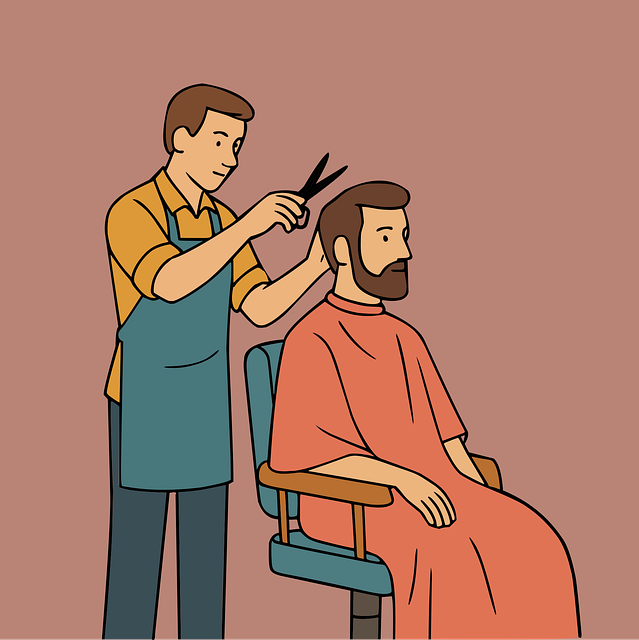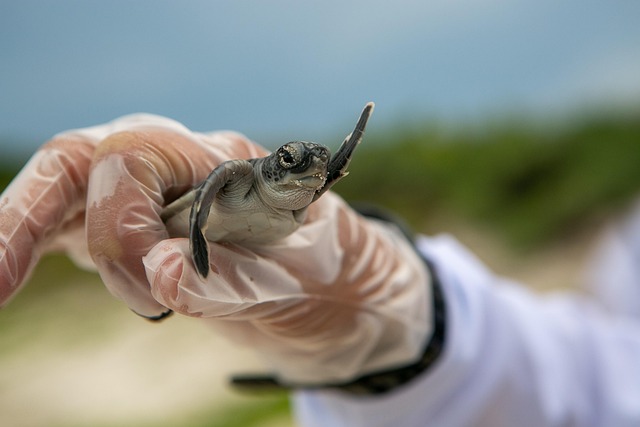The best time to prune fruit trees in Highlands Ranch is during their dormant season (late winter to early spring) to minimize disease risks, easily identify damaged branches, and promote tree health for maximum fruit production. Safety precautions include using sharp tools, proper PPE, inspecting for dead/diseased branches, applying correct pruning techniques, and being mindful of surrounding obstacles.
In Highlands Ranch, understanding the best time to prune your fruit trees is crucial for healthy growth and abundant harvests. This guide explores the optimal pruning periods, focusing on identifying hazardous limbs that require careful removal. We’ll delve into safe practices to ensure your safety and the tree’s well-being. By following these guidelines, you can navigate the process effectively, fostering robust and productive fruit trees.
- Understanding the Best Time for Pruning in Highlands Ranch
- Identifying Hazardous Limbs on Fruit Trees
- Safe Practices for Removing Dangerous Branches
Understanding the Best Time for Pruning in Highlands Ranch

The best time for pruning fruit trees in Highlands Ranch is during their dormant season, typically from late winter to early spring. This period allows tree wounds to heal before new growth begins, reducing the risk of diseases and pests. During this time, you can also identify damaged or diseased branches more easily, ensuring that they are removed properly.
Knowing when to prune is crucial for maintaining healthy fruit trees. Pruning too late in the season can encourage new growth that might not have time to mature before cold temperatures set in, leading to damage. Conversely, pruning too early can leave trees vulnerable to spring frosts. Therefore, timing is everything, and understanding the best practices for tree care in Highlands Ranch ensures your fruit trees thrive and bear abundant fruit.
Identifying Hazardous Limbs on Fruit Trees

Identifying hazardous limbs on fruit trees is a crucial step in maintaining a safe and healthy orchard, especially during the best time to prune fruit trees in Highlands Ranch. These limbs can pose significant risks, such as falling and causing damage or injury. Look for signs like dead, diseased, or broken branches, which are more susceptible to snapping. Additionally, limbs that are poorly attached, growing at unusual angles, or crossing and rubbing against other branches should be examined closely.
The best time to address these issues is during the dormant season, typically late winter or early spring in Highlands Ranch’s climate. Pruning during this period allows for better visibility of the tree’s structure and reduces the risk of disease spread. It’s also when fruit trees are least active, making them more resilient to stress from pruning. Proper identification and timely removal of hazardous limbs contribute to the long-term health and productivity of your fruit trees.
Safe Practices for Removing Dangerous Branches

When it comes to tree care, especially in the context of removing hazardous limbs on fruit trees in Highlands Ranch, safety should always be the top priority. The best time to prune is during the dormant season, typically late winter or early spring, to minimize stress on the tree and prevent the spread of diseases. Proper equipment, such as sharp, clean pruning shears, saws with well-maintained blades, and appropriate personal protective gear (PPE), including gloves, safety glasses, and a hard hat if necessary, are essential tools for the task.
Before initiating any removal, inspect the tree thoroughly to identify dead, diseased, or damaged branches. Use proper cutting techniques, making clean cuts just outside the branch collar (the swollen area at the base of the branch) to promote healing. Avoid leaving stubs, as they can attract pests and lead to rot. In addition, be mindful of your surroundings, ensuring no power lines or other obstacles are in proximity to prevent accidents.
When it comes to tree care, especially in Highlands Ranch, knowing the best time to prune and safely removing hazardous limbs is essential. By understanding these practices, homeowners can enhance their property’s aesthetics and ensure the health of their fruit trees. Remember, the best time to prune in this region typically falls between late winter and early spring, allowing for optimal tree recovery before the growing season. Always prioritize safety when dealing with dangerous branches; professional equipment and proper techniques are key to avoiding injuries and ensuring a successful pruning process.
